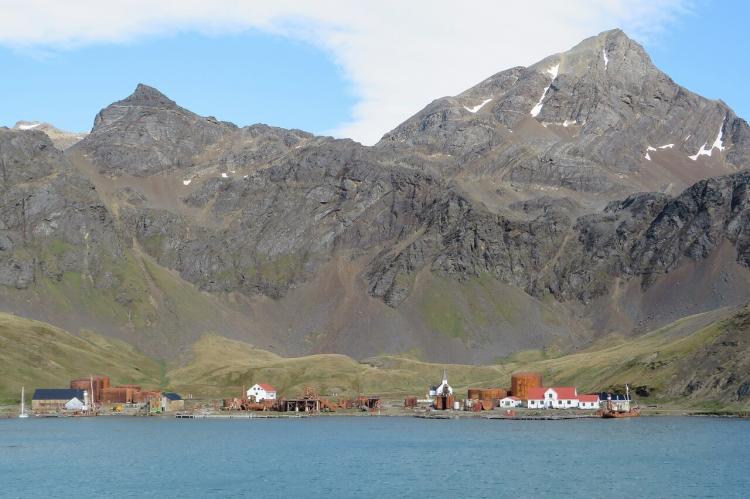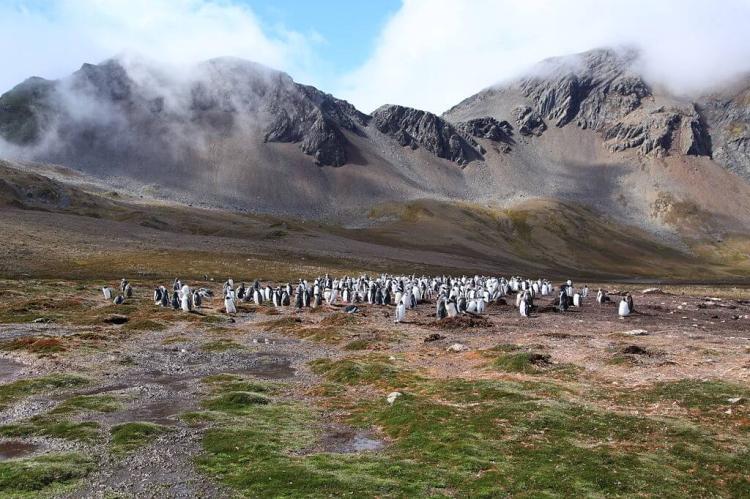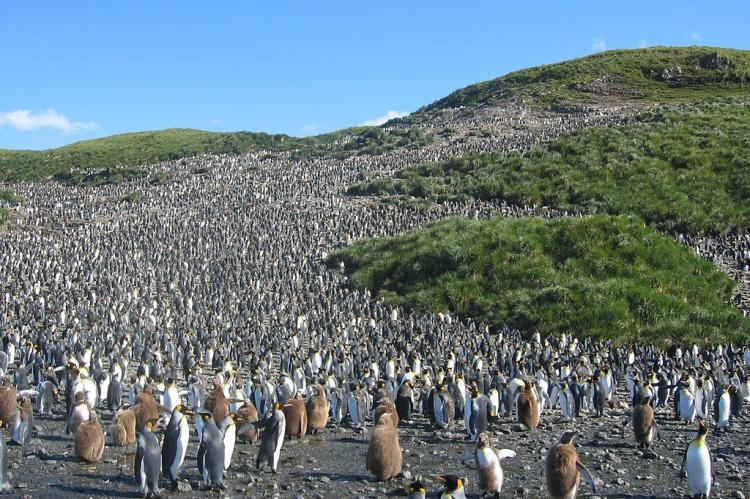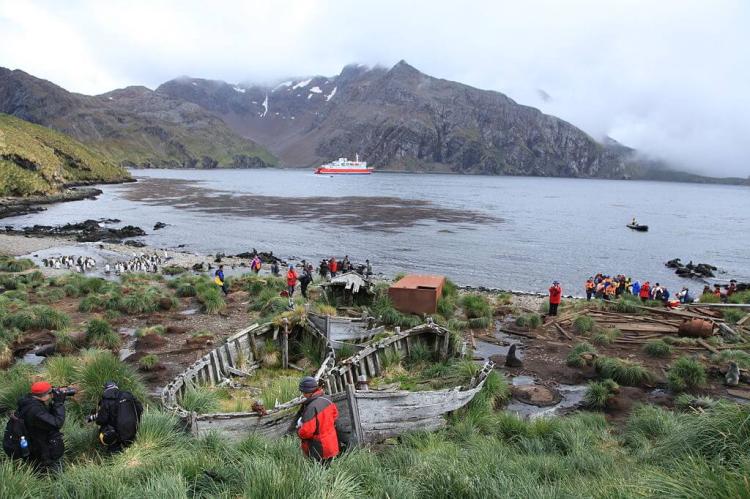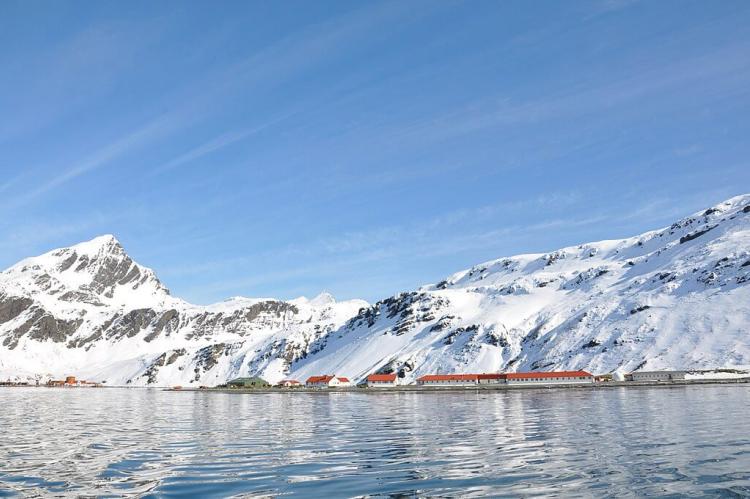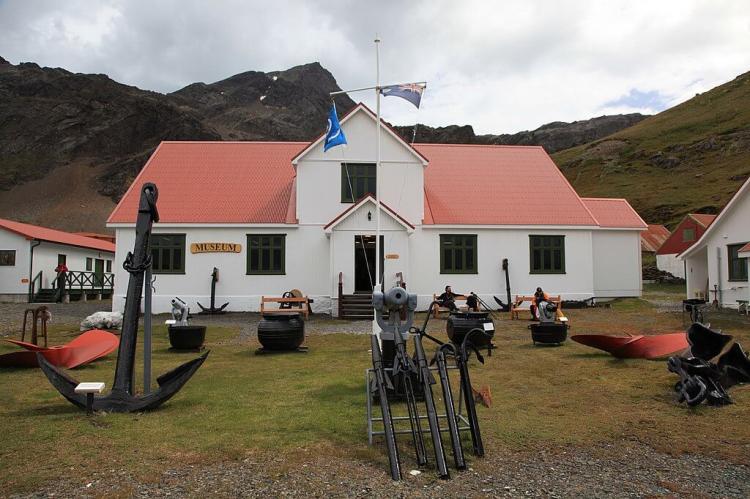South Georgia and the South Sandwich Islands (SGSSI)
South Georgia and the South Sandwich Islands (SGSSI) is a British Overseas Territory in the southern Atlantic Ocean. Ecologically and historically significant, the territory comprises two main groups of islands, South Georgia and the South Sandwich Islands, which are both remote and uninhabited.
South Georgia: South Sandwich Islands
South Georgia and the South Sandwich Islands (SGSSI) is a British Overseas Territory in the southern Atlantic Ocean. The territory comprises two main groups of islands, South Georgia and the South Sandwich Islands, which are both remote and uninhabited.
A commissioner based in the Falkland Islands, approximately 1,390 km (864 mi) east-southeast of South Georgia, administers the territory.
South Georgia and the South Sandwich Islands are ecologically and historically significant. The islands have a remote and pristine environment that provides a haven for diverse wildlife, making them important destinations for scientific research and eco-tourism.
Geography
South Georgia
South Georgia is the largest of the two island groups and lies approximately 1,300 km (810 mi) east-southeast of the Falkland Islands. It is roughly 170 km (110 mi) long and has rugged terrain.
The island features several glaciers and is home to the highest point in the territory, Mount Paget, rising to 2,934 m (9,626 ft) above sea level. South Georgia's coastline is deeply indented with numerous fjords and bays, providing shelter for wildlife.
South Sandwich Islands
The South Sandwich Islands, located about 740 km (460 mi) southeast of South Georgia, is an archipelago of 11 uninhabited volcanic islands.
These islands are part of the subantarctic arc, forming an active volcanic chain along the Scotia Trench. Mount Belinda on Montagu Island is the highest peak in the South Sandwich Islands, reaching an elevation of 1,370 m (4,495 ft).

Location Map of South Georgia and the South Sandwich Islands
History
South Georgia
South Georgia was discovered by British explorer James Cook in 1775. The islands were used for sealing and whaling during the 19th and early 20th centuries. Several whaling stations were established, and the remains of these industrial activities can still be seen today.
During the Falklands War in 1982, Argentine forces briefly occupied South Georgia until a British military task force recaptured the island.
South Sandwich Islands
Cook sighted the South Sandwich Islands during his second voyage in 1775, and their exploration continued in the 19th century. Due to their remote and harsh environment, the islands remained uninhabited.
Flora and Fauna
South Georgia
South Georgia is known for its remarkable wildlife and biodiversity. Large colonies of seabirds, including albatrosses, petrels, and penguins, inhabit the island, making it a crucial breeding ground.
Elephant seals and fur seals are abundant on the island's beaches. Introduced species such as rats and reindeer have posed significant threats to native wildlife, and ongoing efforts to eradicate these pests are essential for conservation.
South Sandwich Islands
The South Sandwich Islands are predominantly volcanic and lack permanent vegetation. However, they serve as essential habitats for migratory birds, including penguins and petrels, which use the islands for nesting and breeding.
Protection Status
Both South Georgia and the South Sandwich Islands are designated as protected areas. Under the United Kingdom's environmental legislation, South Georgia is a Special Area for Conservation.
In 2012, South Georgia and its surrounding waters were declared a Marine Protected Area (MPA) to safeguard the island's unique ecosystems and ensure sustainable fishing practices.
South Georgia and the South Sandwich Islands are visited by scientific researchers, historians, and expedition tourists interested in the region's unique natural and historical heritage. The British Antarctic Survey maintains a research station in South Georgia, conducting various studies on the island's ecosystems and climate.
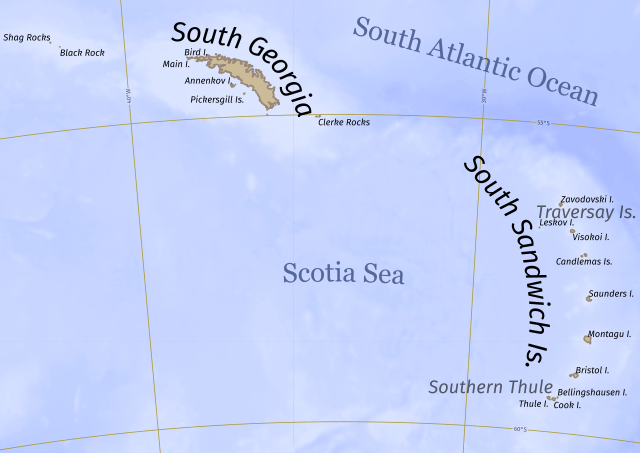
Map depicting South Georgia and the South Sandwich Islands
